Crane Fluid System’s have provided Dominator with PICV units to Spring Mews, a mixed development of luxurious student accommodation and long lease hotel rooms in Vauxhall, London.
Spring Mews is located within close proximity to several London Universities and will house 402 students with additional communal areas such as a gym and study facilities as well as 120 long lease hotel rooms.
The Crane FS Dominator with PICV is a compact, pre-fabricated unit which has been installed within Spring Mews’ HVAC systems to provide accurate flow rates and differential pressure control as well as measurement of system flushing and isolation.
Spring Mews was completed in September 2014 as part of a regeneration project of the Nine Elms areas, which includes Vauxhall Bridge.
Related Projects
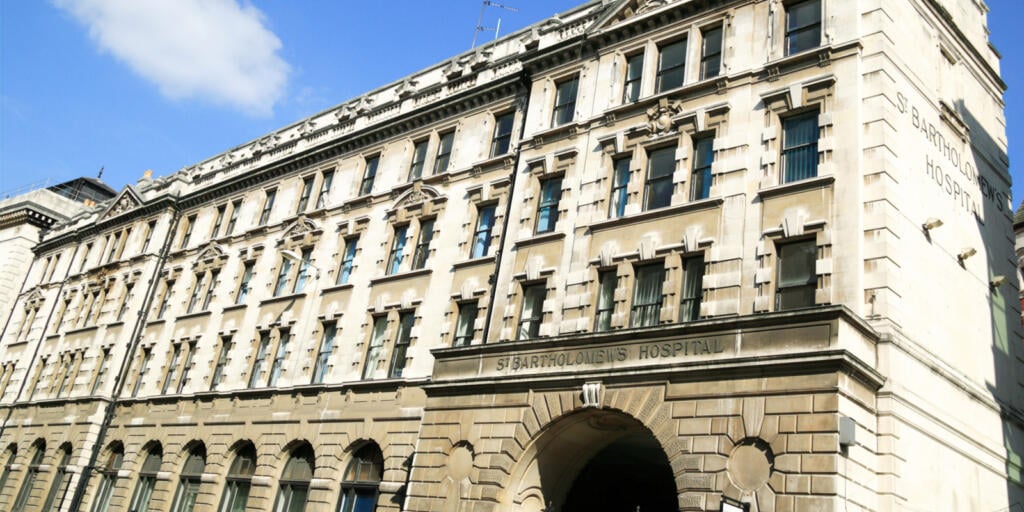
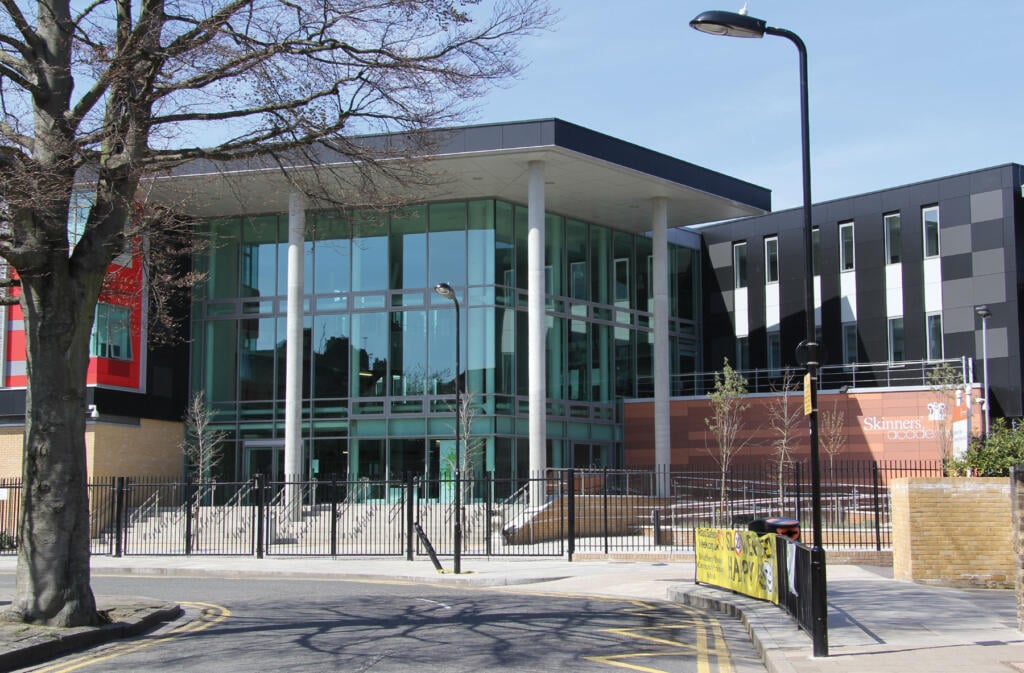
Supplied DPCVs, helping to reduce energy consumption and save money for Kent County Council.
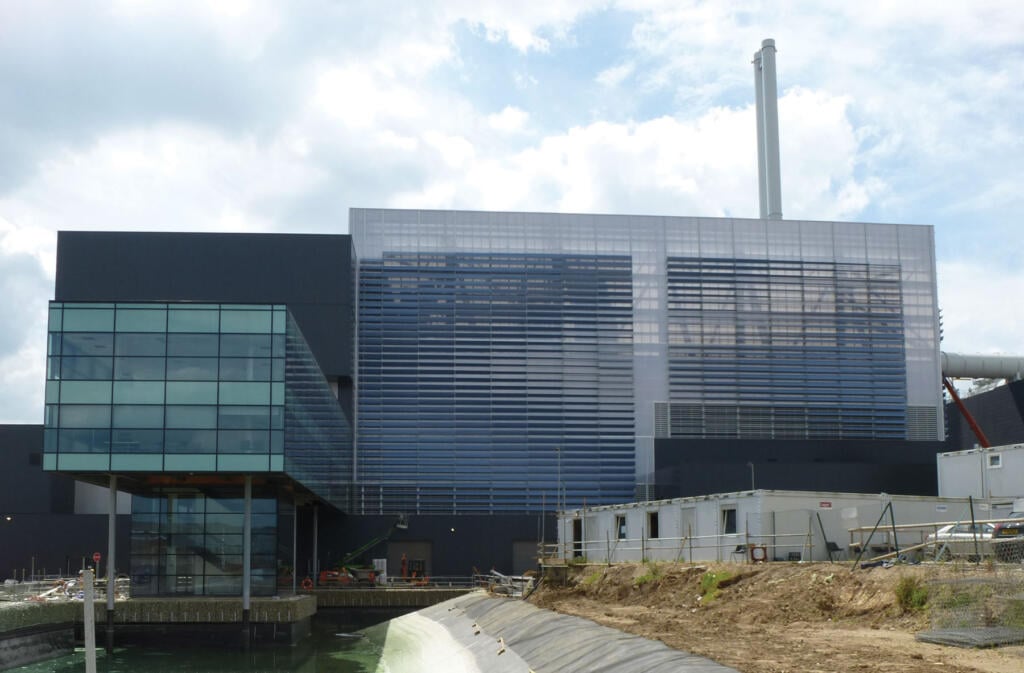
The Energy from Waste Facility at Great Blakenham, Suffolk will receive and incinerate waste to create energy from homes all over the country.
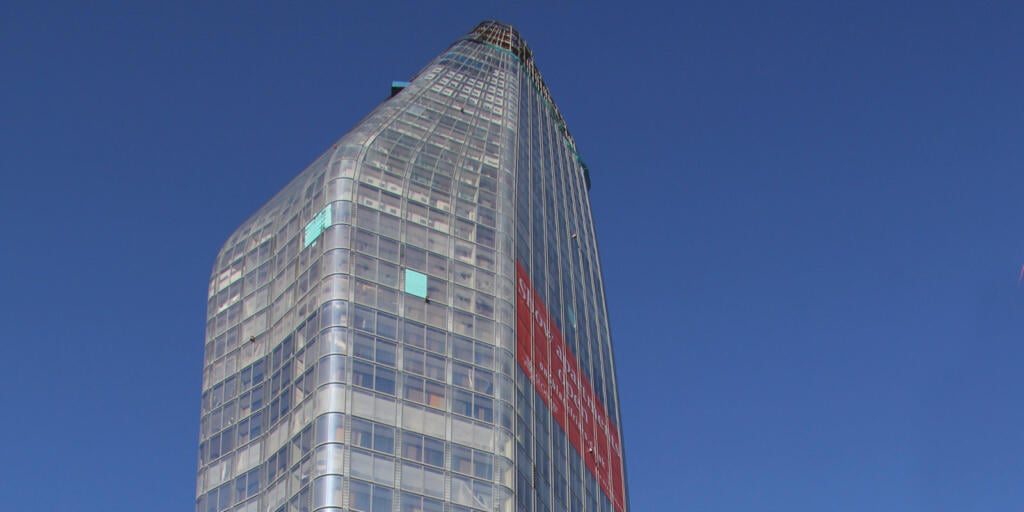
Informally known as ‘The Vase’, the development is made up of a 52-storey tower and two smaller buildings for flats, a hotel and retail.
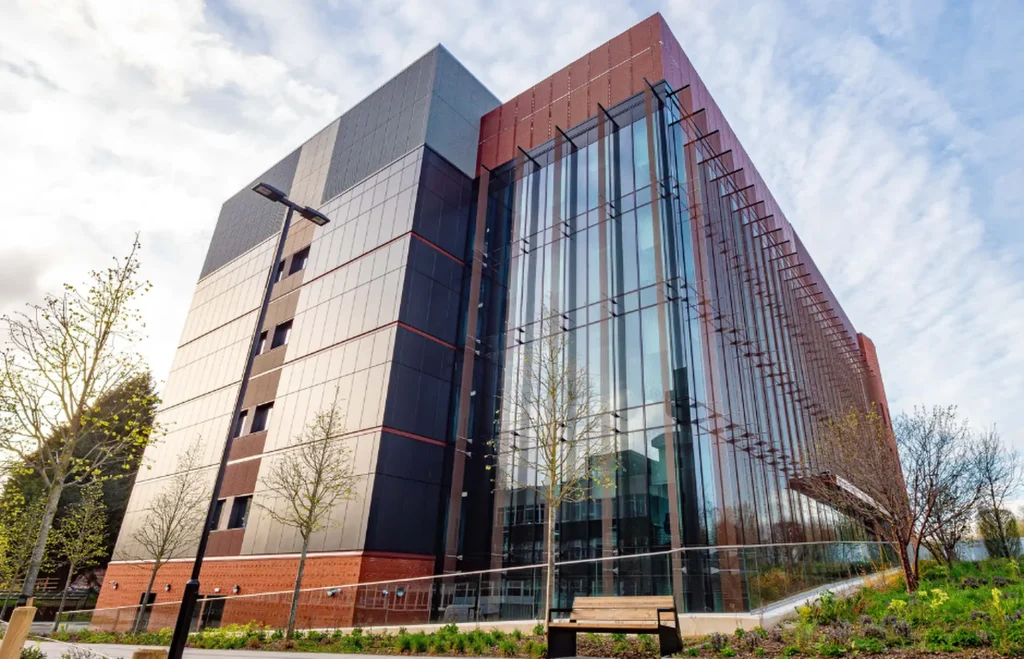
Crane Fluid Systems have supplied DPZV valves for the construction of the new Molecular Sciences building at University of Birmingham.
